Huawei Mate Xs Hands On: Making Minor Improvements
Huawei very recently held its launch for the Mate Xs, the brand’s successor to the original Mate X made headway in the mobile world last year. And while I never technically got to touch and hold the original device, I did manage to spend some time with its successor right after the keynote.
For the record, I personally find that any smartphone with the ability to fold these days is an engineering feat in and of itself. To that end, phones like the Mate Xs or Samsung’s Galaxy Fold do draw out some sense of wonder and amazement in me. But I digress.
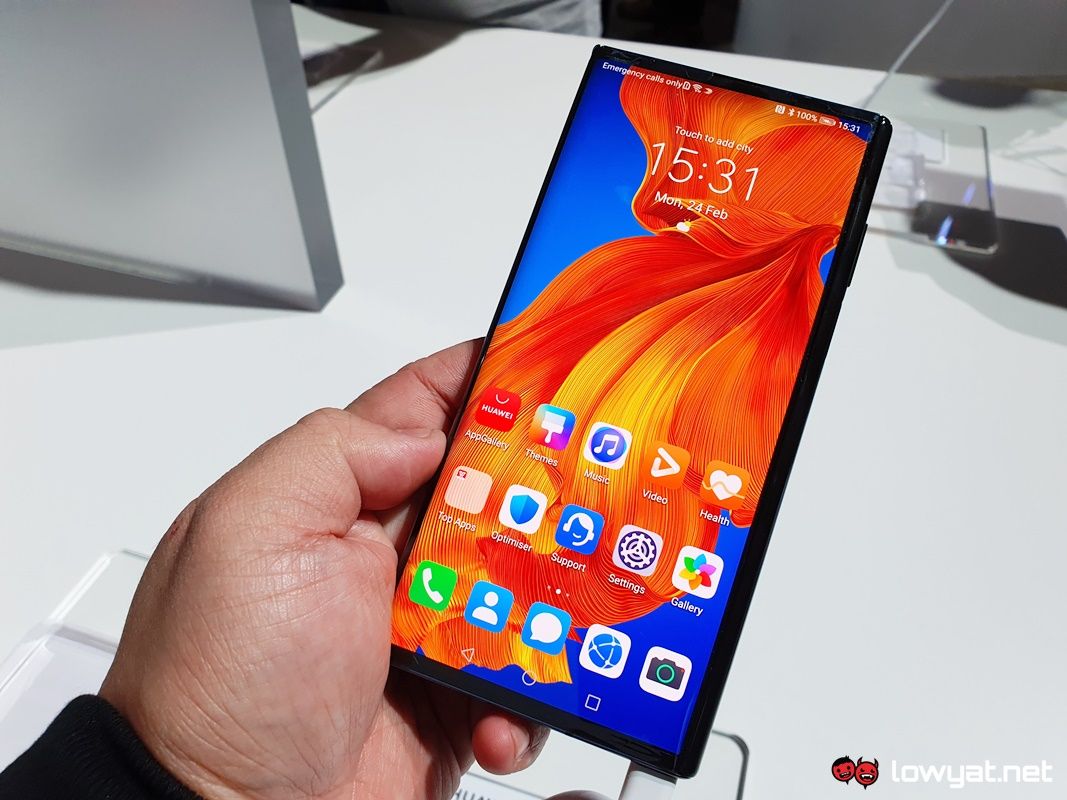
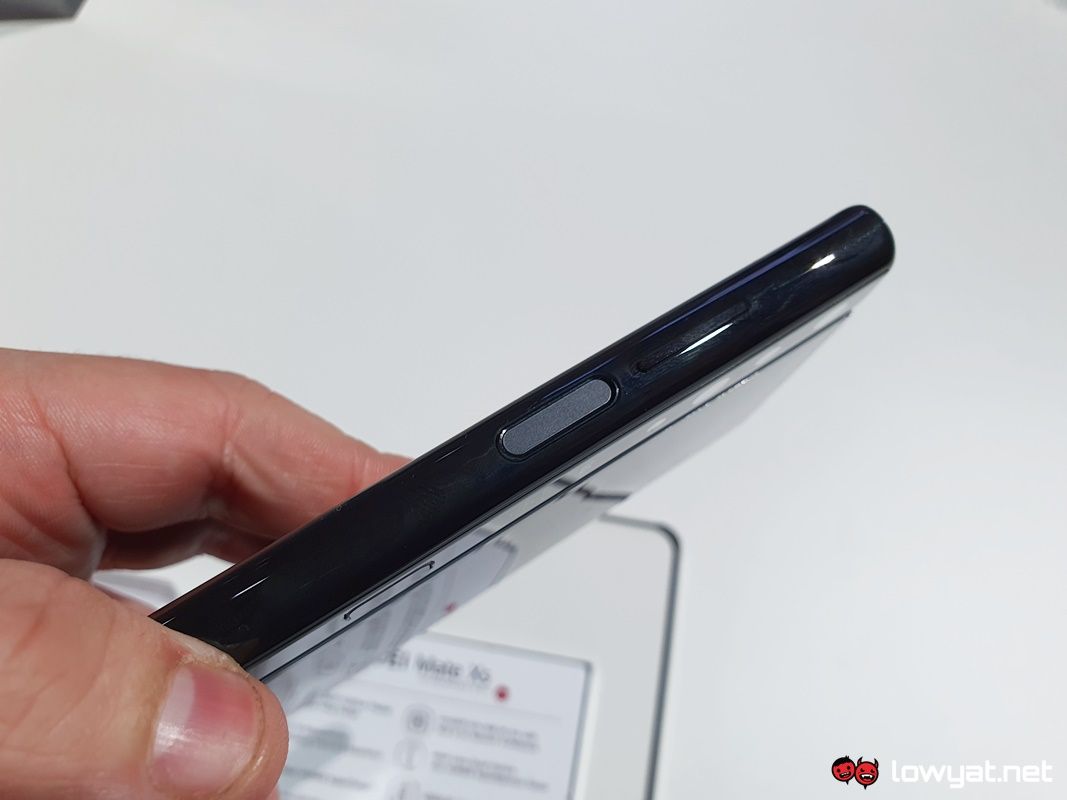
Getting back to the matter at hand, the Mate Xs looks like a solid device and it most certainly feels like it as well. In its folded state, the phone is undeniably chunky, but it surprisingly doesn’t feel as such. Just as before, you open up the phone by pressing the big black button with red accents, placed at the edge of the phone’s rear. Doing so creates a loud, satisfying click. Releasing the folded half of the display.
The one thing that I wish Huawei would’ve have done with this mechanism, though, is to have made it so that the function would fully extend the display, and not just halfway for us to complete to the task. It’s not a major caveat, but I personally believe that such a feature would make the device that little more appealing.
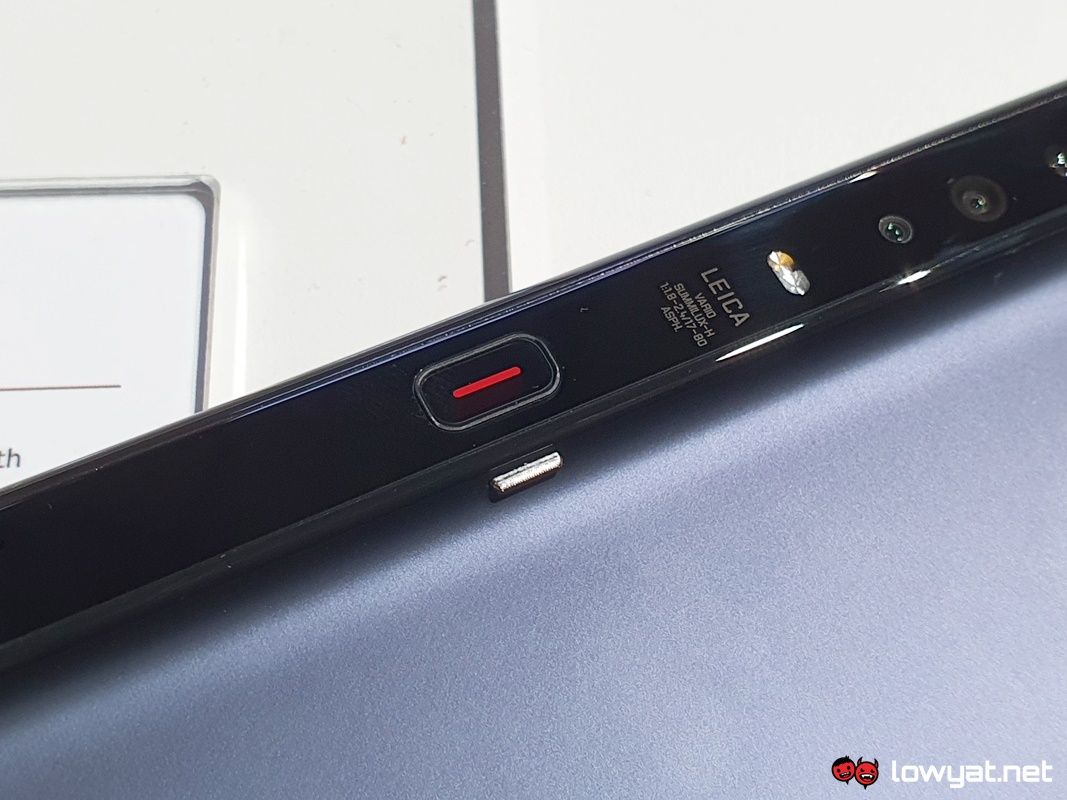
Again, much like the original Mate X, the display of the Mate Xs is truly one of the many gems of the device. Rather than have its 8-inch OLED display fold inside (we’re looking at you, Samsung), Huawei decision to maintain the outward folding design isn’t without reason. Mainly, the crease in the middle of the display is less obvious; it’s still there, but for you to even notice it, you would have to actively look for it.
Moving along, the quad-camera module hasn’t changed on the Mate Xs either. Like its predecessor, it’s still fitted with the same 40MP main sensor, 16MP wide-angle, 8MP telephoto, and a depth sensor. There’s really not a whole lot to get into here; the image quality is more or less similar to other major Huawei devices, such as the P30 and Mate 30 series. The primary difference here being its plus-sized, expandable display.
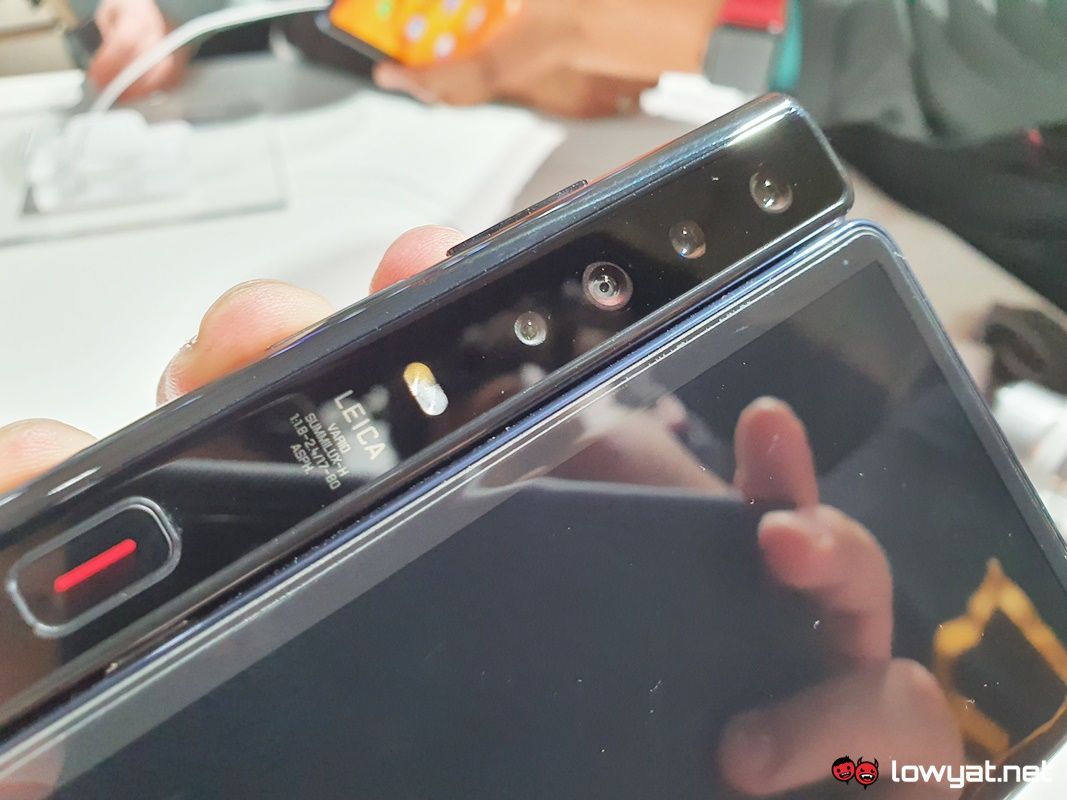
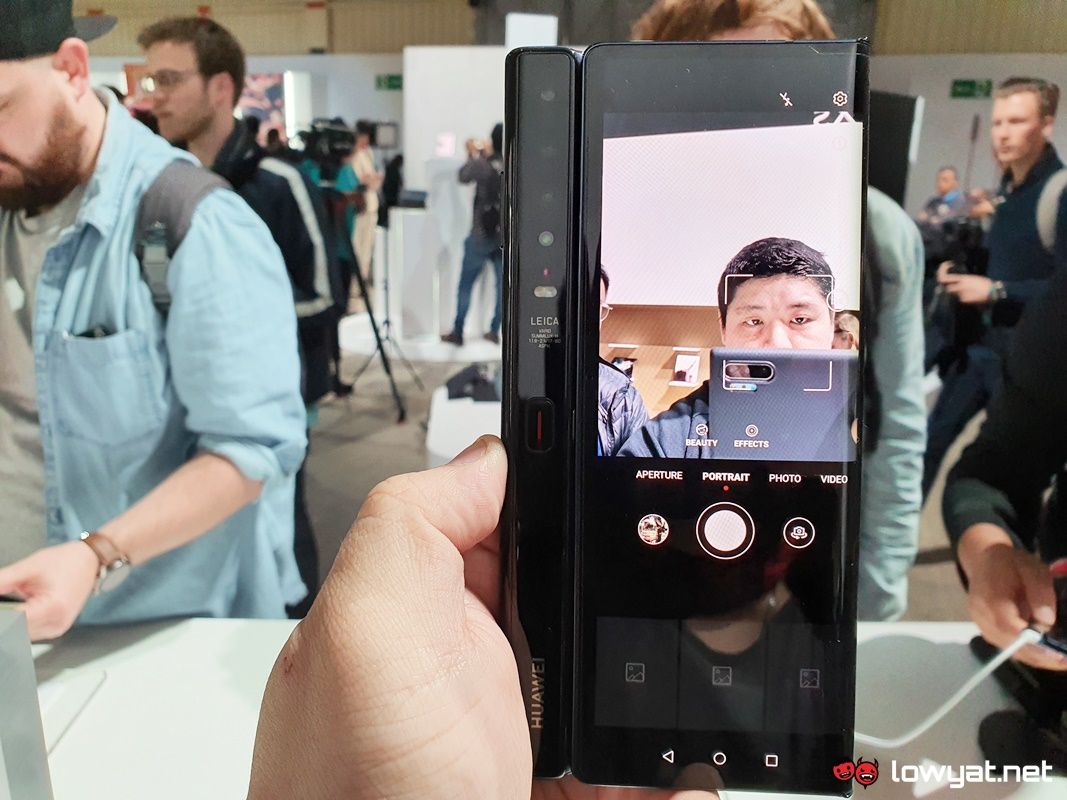
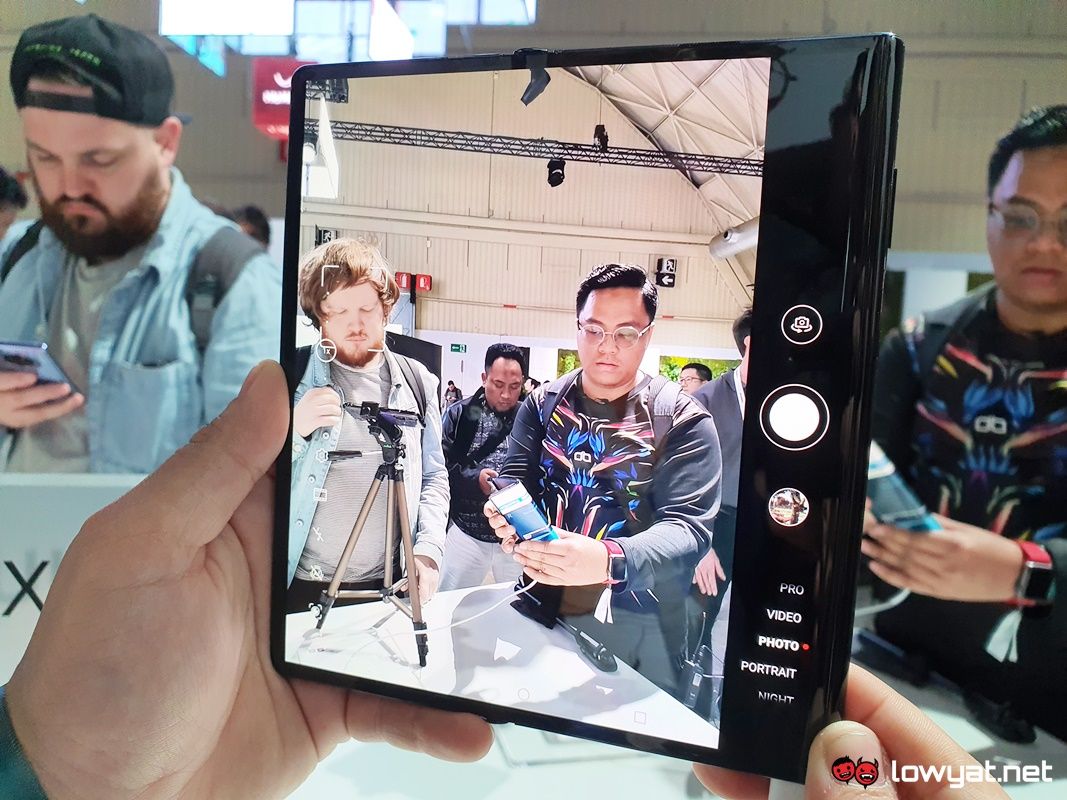
The major difference between the Mate Xs and its predecessor is, naturally, its chipset. With the 2nd generation device, Huawei has opted to outfit it with the Kirin 990 5G SoC, 8GB RAM and an internal storage capacity of 512GB.
Naturally, the performance is what you’d expect of an Android-based smartphone packed with such hardware, albeit without Google Mobile Services (GMS). Apps load up in a blink of an eye, scrolling through both the phone’s internal settings or the internet is fluid and seamless. With no signs of scroll lag or stuttering.
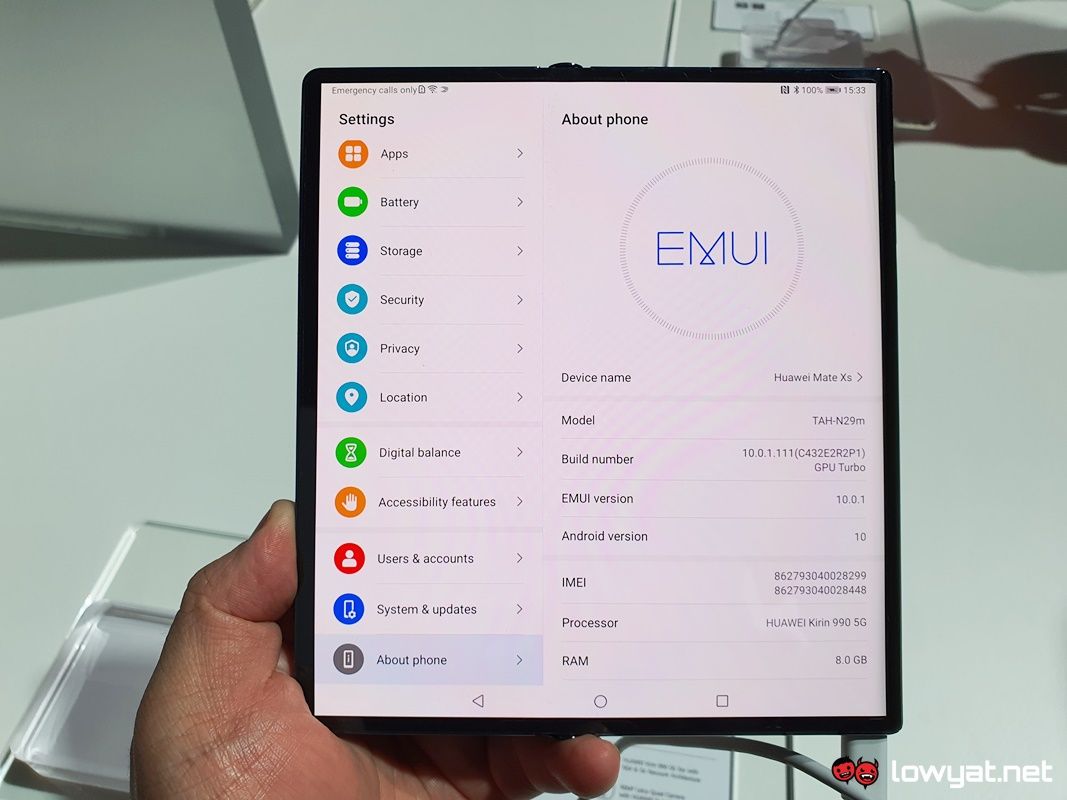
With a price tag of 2499 Euros (~RM11445), the phone is a hard sell, and for two very important factors. The first one is obvious; as a phone running entirely of Huawei’s Mobile Services (HMS), Huawei clearly has an unenviable task of convincing the masses why switching over from a GMS-enabled device will be a similar – if not slightly better – experience. That said, the brand’s AppGallery still has a lot of catching up to do if it wants this to be a viable point.
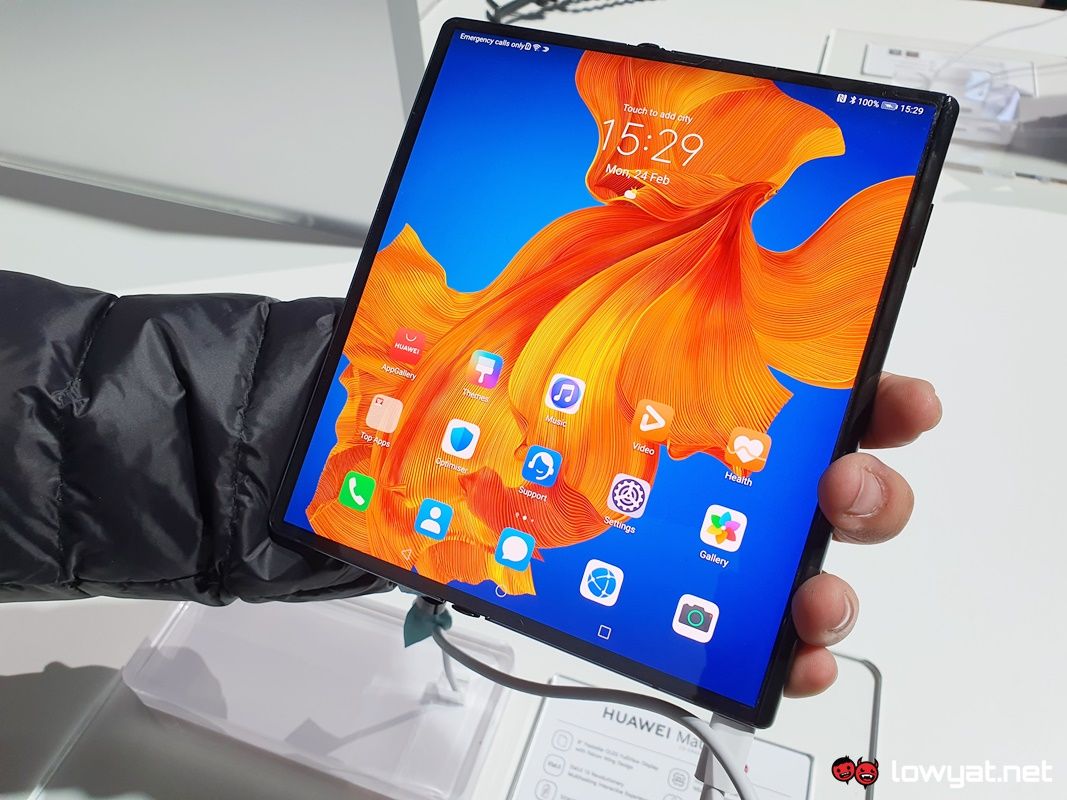 The second point is the price tag. While there’s still no local pricing, it’s obvious that the phone isn’t going to run cheap. When and if the phone does arrive in our market, very few individuals will be willing to fork out five figures for a phone. Especially one that, once again, isn’t allowed to run GMS.
The second point is the price tag. While there’s still no local pricing, it’s obvious that the phone isn’t going to run cheap. When and if the phone does arrive in our market, very few individuals will be willing to fork out five figures for a phone. Especially one that, once again, isn’t allowed to run GMS.
The post Huawei Mate Xs Hands On: Making Minor Improvements appeared first on Lowyat.NET.
from Lowyat.NET https://ift.tt/3c6968I
Labels: Lowyat
0 Comments:
Post a Comment
Subscribe to Post Comments [Atom]
<< Home